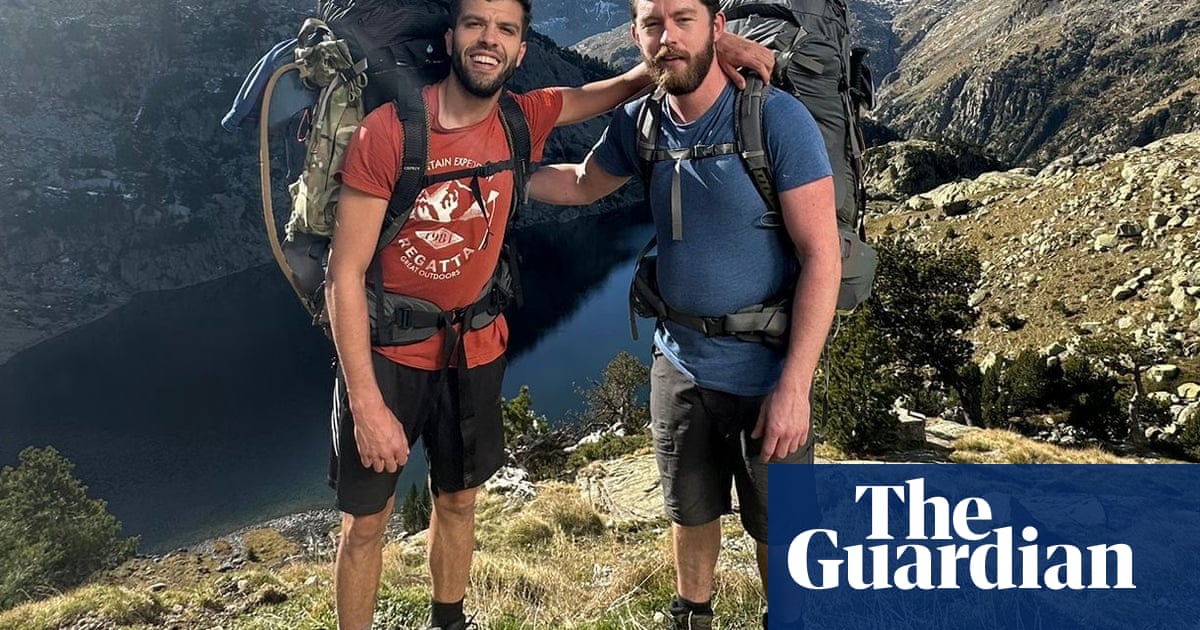The report details a tragic incident involving two British hikers who went missing in the Dolomites, Italy, since New Year’s Day. Their bodies were discovered by local rescue teams, highlighting the dangers associated with hiking in mountainous regions during winter months. The article serves to inform the public about the search and rescue efforts, while also evoking sympathy for the victims and their families.
Public Perception and Emotional Impact
The coverage of this tragic event could evoke a strong emotional response from the public, emphasizing the risks associated with outdoor activities. It may aim to create a sense of caution among potential hikers and travelers considering similar adventures in hazardous conditions. By detailing the search operation and the eventual discovery of the bodies, the article seeks to highlight the importance of safety and preparedness in outdoor pursuits.
Transparency and Information Disclosure
While the article provides a clear narrative about the search efforts, it does not delve into the circumstances that led to the hikers missing their return flight. This omission might suggest a desire to focus on the search and rescue aspect rather than the potential negligence or risks taken by the hikers. However, the article does inform the public about the actions of local authorities and the involvement of the Foreign, Commonwealth and Development Office, which adds a layer of credibility to the report.
Comparative Analysis and Context
In comparison to similar reports of missing persons in outdoor settings, this article stands out by providing specific details about the location and the rescue efforts. It may connect with broader themes of outdoor safety and the responsibilities of adventurers. This narrative aligns with other news stories that emphasize the need for awareness and caution in outdoor activities, particularly in challenging environments.
Impact on Society and Communities
The incident could lead to increased discussions about hiking safety and regulations in national parks or mountainous areas. It may influence local authorities to consider stricter guidelines for hikers, particularly in winter. Additionally, the emotional weight of the story may resonate with outdoor enthusiasts, fostering a sense of community support for the victims' families.
Market Influence and Economic Considerations
While this news may not directly impact stock markets, it could have implications for businesses involved in outdoor gear and safety equipment, as heightened awareness may drive sales. The story may encourage companies to enhance their marketing strategies around safety and preparation for outdoor activities.
Geopolitical Context
There is no significant geopolitical implication tied to this specific incident, as it primarily concerns individual safety within outdoor recreational activities. However, it reflects broader issues related to tourism and safety in adventure sports, which can influence travel trends.
Artificial Intelligence Usage
Although the article appears to be straightforward reporting, it is possible that AI models could have been employed in drafting or editing stages. The clarity and structure of the report suggest a systematic approach to presenting facts, which is characteristic of AI-assisted writing. However, it is difficult to ascertain definitive AI influence without additional context about the article's creation.
Manipulative Elements
The article does not exhibit overt manipulative characteristics, as it primarily reports facts surrounding the incident. The language used is straightforward, focusing on the tragic loss rather than sensationalizing the event. There is no evident targeting of specific groups or agendas within the narrative.
In summary, this report conveys a tragic story while highlighting the importance of safety in outdoor activities. It maintains a level of transparency regarding the search efforts and the response from authorities, though it omits certain details surrounding the hikers' disappearance. Overall, the article presents a reliable account of events with a focus on community awareness and safety.
